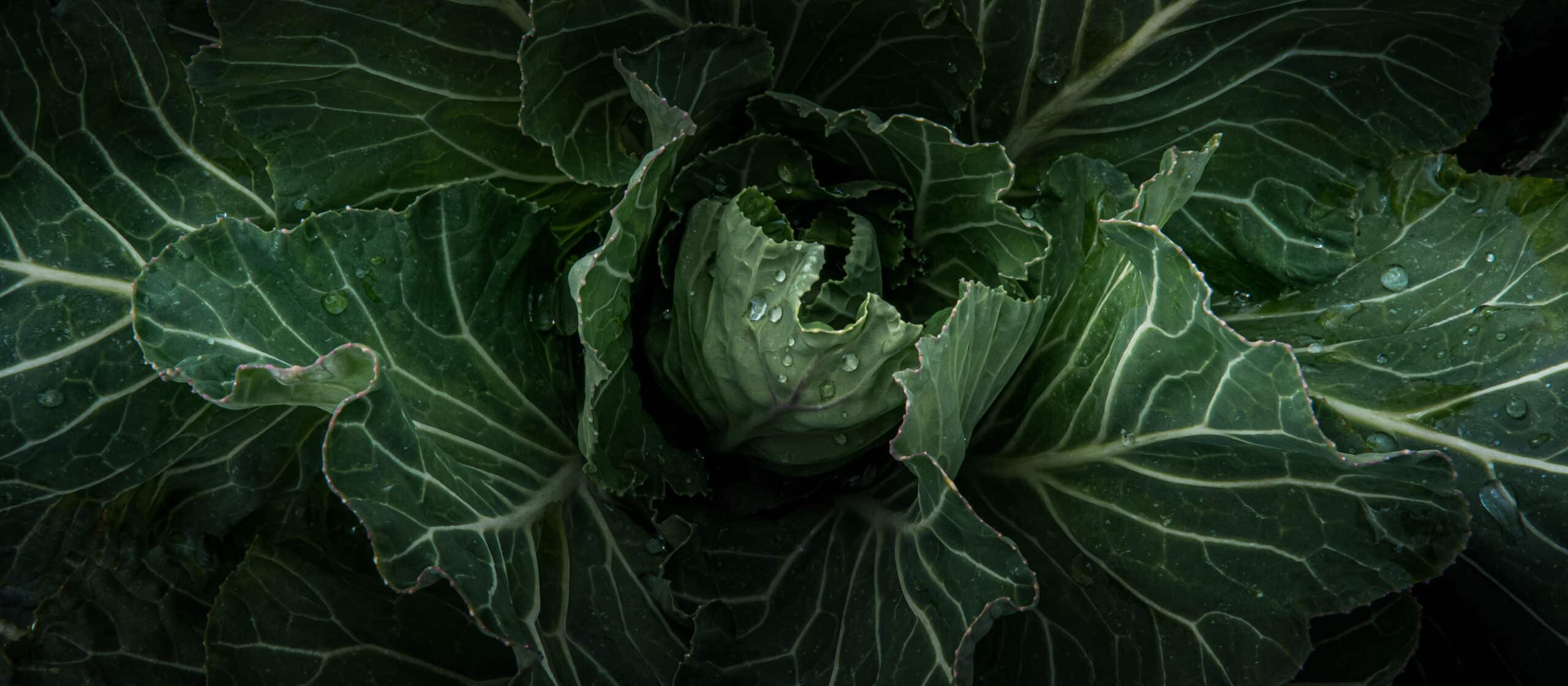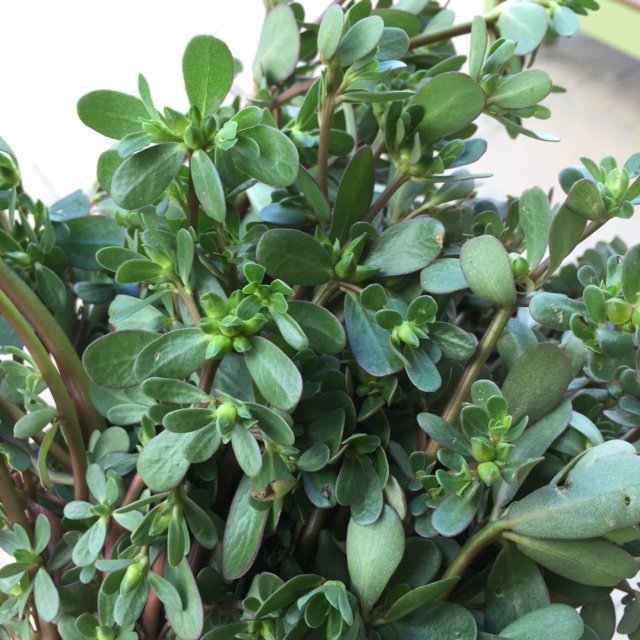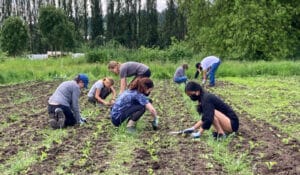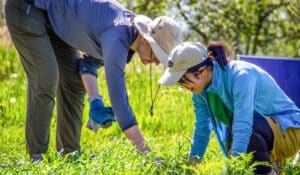
Purslane: Weed It or Eat It?
Purslane: Weed It or Eat It?
- posted on: August 13, 2015
- posted by: 21 Acres
"*" indicates required fields

Our regular customers know Jen, Meghan and I are familiar faces in the Farm Market. We work hard to source quality produce and have a wealth of knowledge when it comes to what is in season, where it was grown and how it can be the highlight of your dinner tonight. Fewer of you may know we are privileged to spend a few hours each month working alongside our farmers here at 21 Acres. During our time on the farm next to John, Mary and Pepe, we inevitably learn heaps about the seasonal challenges facing our farm, tricks of the trade to organically manage pests and humility in the face of growing food sustainably. This July all three of us ladies helped out with the copious amount of weeding taking place in the fields and refined our definition of “weeds.”
In and among the 150+ crops grown on the 21 Acres Farm grow a variety of weeds constantly in need of a pulling. However, for those who know what to look for, several of these “weeds” have long shown up on the plate at mealtime. All three of us had the chance to try or cook with one in particular: purslane.

Purslane is a common plant found widely throughout the world and is all too often classified as a weed. Having tried purslane in several different recipes, we Market gals advocate eradicating this “weed” by eating it! A member of the succulent family, purslane is crunchy, tart like a lemon and has high levels of pectin, which make it great for thickening soups and stews. (Check out Chef Asako’s soup recipe below).
Not only a delicious and versatile ingredient, purslane is a powerhouse when it comes to nutrition. It is high in vitamin E, (six times more than spinach), and a huge source of omega-3 fatty acid. Purslane is also a wonderful source of vitamin C, magnesium, riboflavin, potassium and phosphorus. Amanda Bullat, the 21 Acres Sustainable Food and Nutrition Education Coordinator, adds, “the nutrition content of wild or “weedy” greens is well above our more cultivated greens. As mentioned above, the high content of omega-3 fatty acids coupled with the vitamin E and C as anti-oxidants also make purslane a great anti-inflammatory food. Help for those who suffer from chronic join pain, muscles soreness/stiffness, skin conditions, and many autoimmune conditions.”
Have I enticed you to give purslane a try? First, check your garden. You may very well find it growing in your own yard. If you need an Organic source, stop by the 21 Acres Market. We are harvesting most days the Market is open (Wednesday-Friday, 11-6, and Saturday, 10-4).
— Liesl
Thanks to our staff and wonderful customers we have a starter list of recipe suggestions for purslane. Check them out and let us know if you find a favorite. Here are some beginning ideas for giving purslane a try and see the recipe below for a tasty soup:
- Toss fresh into salads for a crisp tart addition to your greens.
- For an Asian flavor, chop and sauté purslane with a bit of soy sauce.
- Pepe recommends using purslane instead of spinach in a flank steak dish he makes. Start by sautéing seasoned flank steak. Then simmer in blended pepper, tomato, garlic and onion. Roughly chop and toss in the purslane for the final 2-3 minutes.
- The high water content is great for a low fat pesto. Cut the oil in half and substitute purslane for ½ the herb in your recipe. I tried this with our 21 Acres lemon basil…my oh my!
- Toss with your morning eggs or stuff in your omelet.
- Thicken soups or stews naturally – a delicious recipe that showed up on the 21 Acres Deli menu is shared below
RECIPE: Purslane and Grain Soup – From the 21 Acres Kitchen
(Serves 3 to 4)
Purslane –1.5lbs (become about 1# after cleaning)
Onion — 1 each
Garlic — 1 clove
Tomato — 3 each (about 1 lbs)
Tomato paste (optional) 1TBS
Grain (Barley, Spelt, Rice…) (Cooked) — 1 cup
Salt — 1tsp
Red pepper flakes
Chicken/Vegetable stock 3 cups
Directions:
- Clean and cut off bottom of the purslane. (Cut the harder root and stems off and use the only soft part of purslane).
- Small dice onions and garlic. Peel tomatoes by poaching and roughly chop them.
- In a soup pot, fry garlic and onions. Add purslane and fry them for a minute.
- Add tomato and tomato paste.
- Add grains, stock, and salt. Cook until it thickens a little.
- Season with salt and pepper to adjust flavor. Sprinkle with red pepper if you like spicy.











 back to blog overview
back to blog overview








